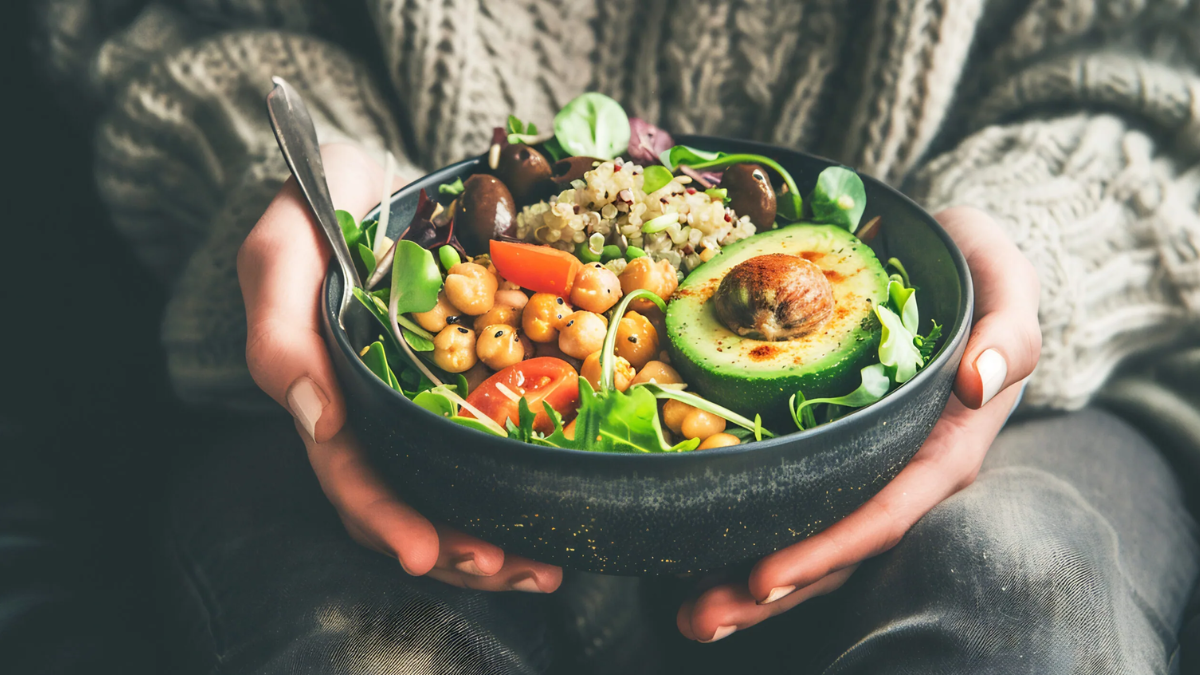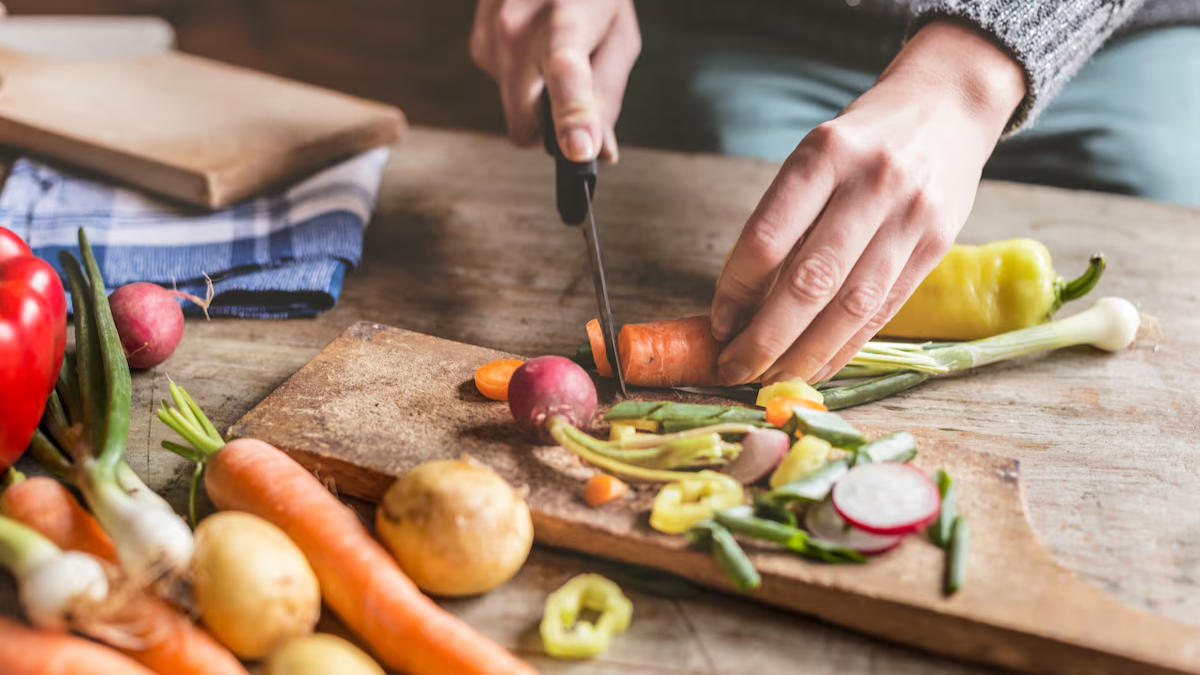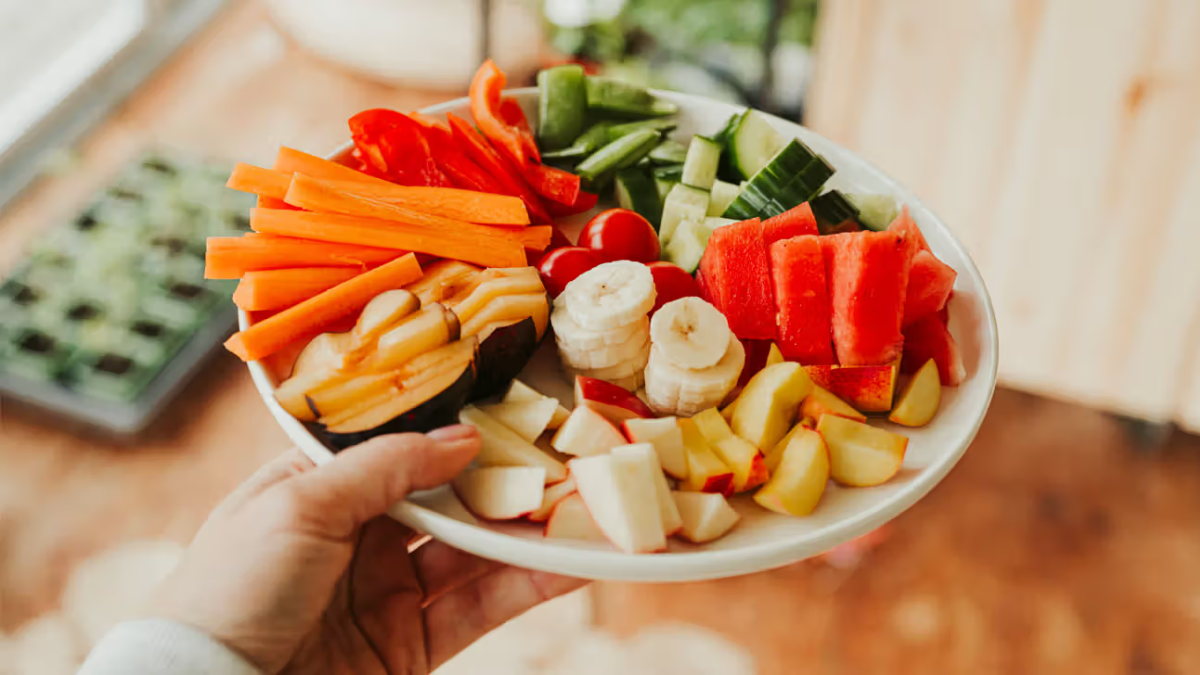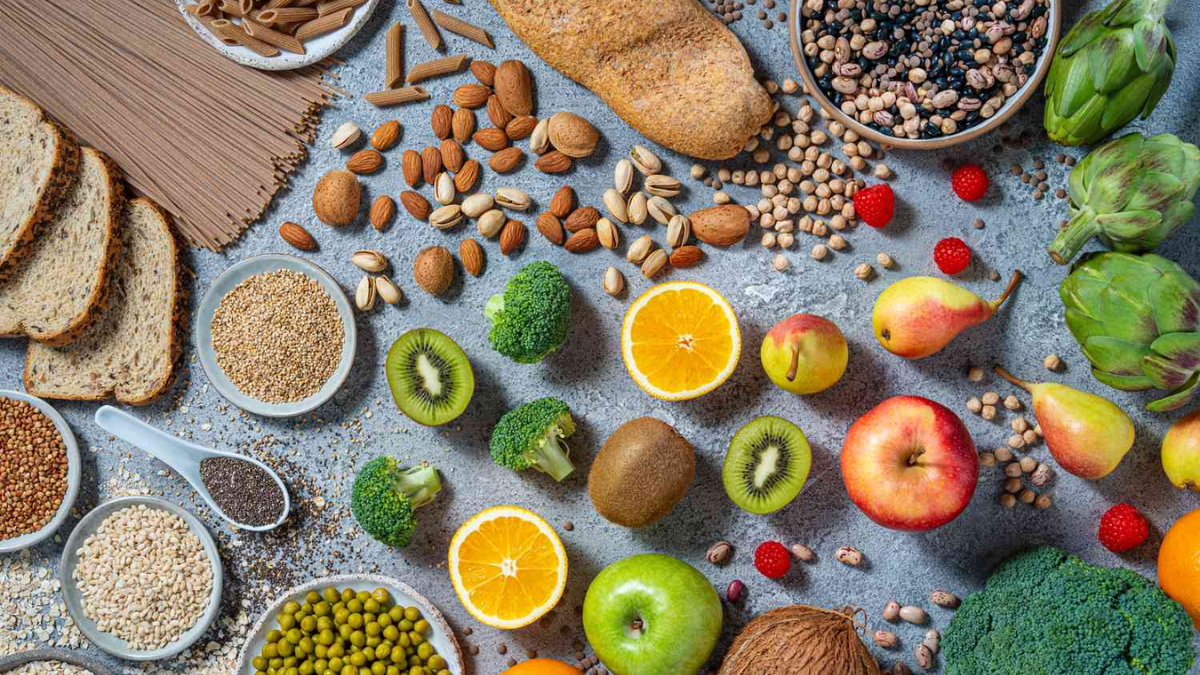
TikTok is no stranger to bizarre wellness trends, but the latest one — fibremaxxing — is gaining traction not for its shock value, but for its solid nutritional backing. Instead of pushing restrictive diets or miracle supplements, this movement promotes filling your plate with fibre-rich foods like beans, leafy greens, and whole grains. But is fibremaxxing truly the key to better health, or just another internet fad destined to fizzle out?
Table of Content:-
Let’s explore the science, benefits, and potential downsides of this trend that’s turning everyday eaters into fibre fanatics.
What Exactly Is Fibremaxxing?
At its core, fibremaxxing is about intentionally increasing your daily fibre intake through whole foods. While fibre has long been known to aid digestion, this trend emphasises its broader benefits — from hormone balance and improved mood to supporting weight loss and reducing disease risk.

Registered dietitian Kara Landau describes fibremaxxing as “a positive shift” compared to many diet fads floating around social media. Rather than promoting exclusion or extreme calorie deficits, fibremaxxing encourages a more balanced, inclusive way of eating that aligns with long-standing dietary guidelines.
Why Fibre Matters: The Science-Backed Benefits
Fibre plays a critical role in keeping the digestive system functioning smoothly. But beyond its laxative properties, fibre is essential for nurturing beneficial gut bacteria, which, in turn, supports immune function, mood regulation, and even hormone production. Some evidence-backed health perks of upping your fibre game include:
Also Read: Gastroenterologist Reveals Foods To Avoid For Bloating, Constipation, And Diarrhoea
- Improved Digestion: Fibre bulks up stool and supports regular bowel movements.
- Hormonal Balance: Gut health is tightly linked to hormones that regulate appetite, mood, and metabolism.
- Lower Risk of Chronic Disease: Research links high fibre intake to reduced risk of heart disease, type 2 diabetes, and colorectal cancer.
- Weight Management: fibre promotes fullness, helping curb overeating and support weight loss.
- Better Blood Sugar and Cholesterol Control: Soluble fibre helps stabilise blood sugar and reduce LDL cholesterol.

Is It For Everyone?
While fibremaxxing offers real benefits, it’s not suitable for everyone, particularly when done without preparation. Dietitian Dahlia Marin warns that individuals with digestive conditions like IBS, IBD, or small intestinal bacterial overgrowth (SIBO) might experience discomfort if they drastically increase fibre. Symptoms like bloating, gas, or cramps can worsen unless fibre is reintroduced slowly and mindfully.
Older adults and those with specific medical conditions (like short bowel syndrome or pelvic organ prolapse) should also consult a healthcare provider before hopping on the fibremaxxing train.
How To Fibremaxx Safely
If you’re interested in trying fibremaxxing, slow and steady wins the race. Here are expert-approved tips to boost fibre intake effectively:

Choose Whole Foods
Start with natural sources like:
- Oats, quinoa, and brown rice
- Legumes like lentils, black beans, and chickpeas
- Fruits such as kiwi, blueberries, and apples
- Vegetables like kale, broccoli, carrots, and sweet potatoes
- Nuts and seeds, including chia and flaxseeds
Hydrate Generously
Fibre absorbs water. Without adequate hydration, you may end up feeling blocked rather than relieved.
Read Ingredient Labels
Look for diverse sources of fibre, not just a high number of grams. Ingredients like soluble corn fibre, chicory root inulin, or polydextrose feed different gut microbes, supporting a more resilient microbiome.

Focus On Fibre Variety
Incorporating both soluble and insoluble fibre helps prevent bloating and ensures you’re supporting various probiotic strains in the gut.
The Verdict: Hype Or Helpful?
Unlike many TikTok trends, fibremaxxing isn’t built on shaky claims. With mounting research supporting fibre’s role in gut health, hormone balance, disease prevention, and weight control, this trend is more than just hype — it’s a smart and sustainable upgrade to most people’s diets.
However, individual tolerance varies. The key is to personalise your approach: increase intake gradually, diversify your fibre sources, and listen to your body. So yes, fibremaxxing is worth the attention, as long as it’s approached with mindfulness and moderation. Your gut (and the rest of your body) just might thank you.
Also watch this video
How we keep this article up to date:
We work with experts and keep a close eye on the latest in health and wellness. Whenever there is a new research or helpful information, we update our articles with accurate and useful advice.
Current Version